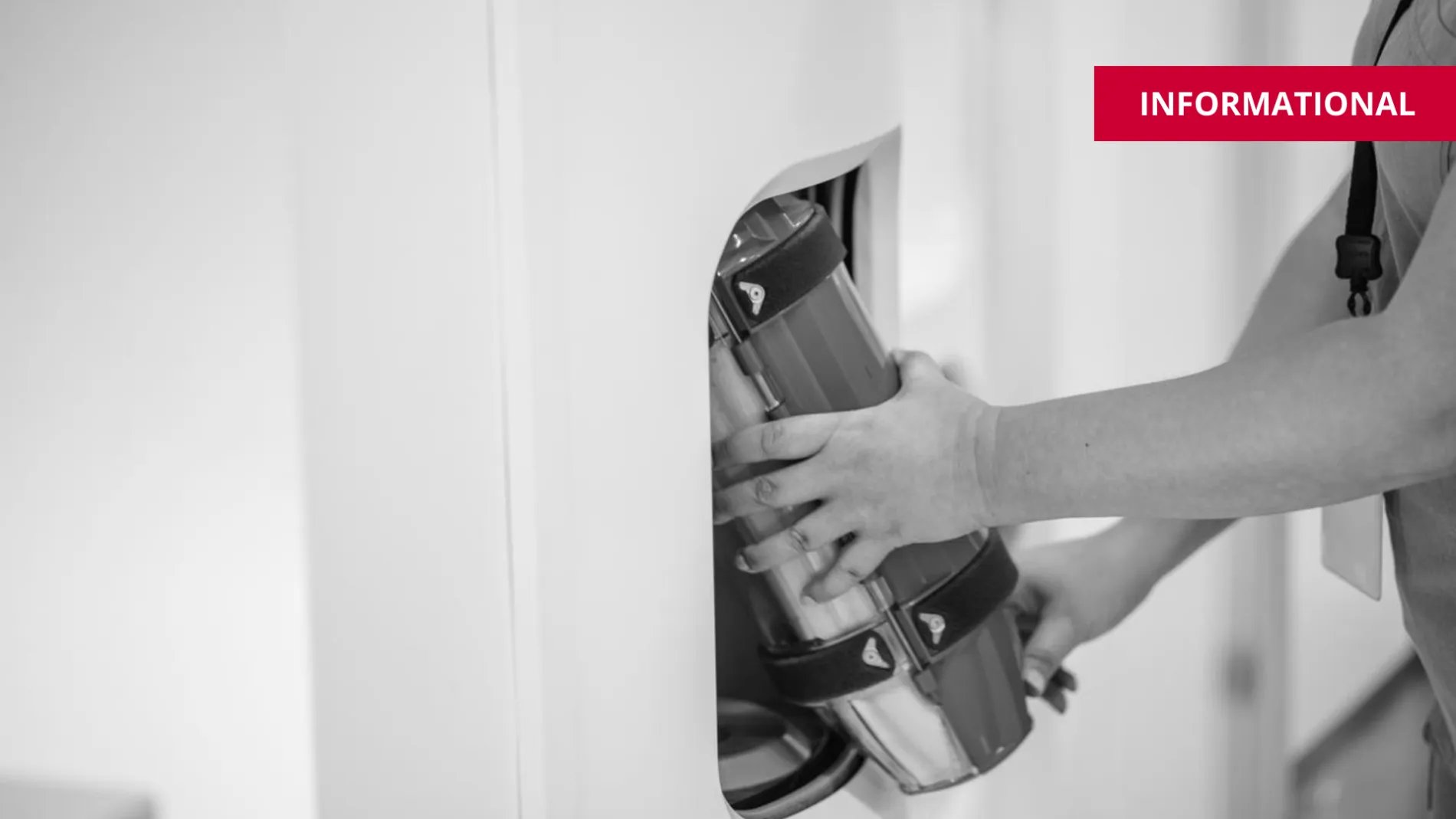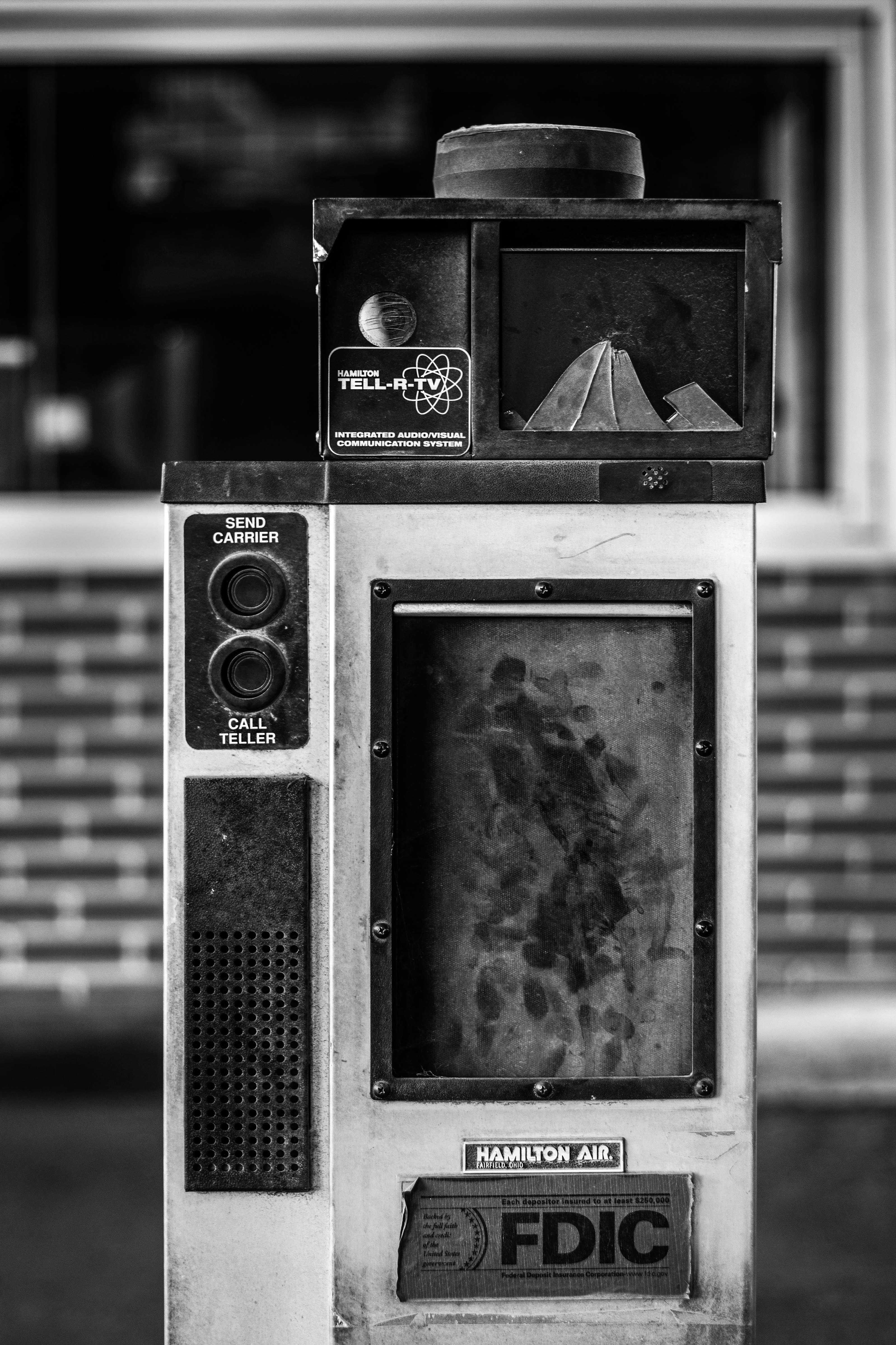You might also be interested in this


The Hospital Pneumatic Tube System Is Engineered to Scale
Jeff Erbert | 1/4/2024
Since the dawn of the drive-up bank teller, the pneumatic tube system has amused both the young and young at heart. There’s just something satisfying about watching a carrier fly through the tube and reach it’s intended destination. However, as sophisticated and futuristic as it may appear, the idea behind a basic tube system isn’t really that new – at least at the bank.
In fact, pneumatic tube systems have been used to transport mail since the mid-to-late 1800s. The pneumatic tube system at the hospital on the other hand, though conceptionally similar, is a whole different animal that faces a whole different set of challenges.
Beyond the obvious difference in location, the pneumatic tube system in the hospital is used far more often and at a much larger scale. As such, there are key distinctions that separate the two applications and their operation.
Length of Tube System and Materials Used
The bank pneumatic tube system often connects the teller to a drive-up station just outside of the bank and generally uses plastic tubing. Bank systems also possess roughly 50 to 200 ft worth of tubing.
On the other hand, the average hospital TransLogic pneumatic tube system possesses 8,750 feet of tubing and tubes are constructed of stainless steel.
Tube System Transfer Units
Transfer units are rotating tube connectors that allow carriers to be sent through varying tube networks. Think of it like a railroad switch that allows trains to transfer to other sets of tracks. Since the drive-up teller transaction is fairly simple, bank pneumatic tube systems typically do not require transfer units since the carrier is only sent back and forth in the same tube.
Hospitals, however, process thousands of transactions per day at different parts of the facility. As such, hospitals typically possess many transfer units that are monitored and operated via software.
The bank uses anywhere from 2 to 6 stations depending on the size of the institution. These stations are simple in that they only send one carrier at a time, and they only send from A to B. Hospitals have multiple stations (with touch screens) that can send multiple carriers at a time to different parts of the hospital.
There’s a lot of sensitive, controlled, or biohazardous material being sent, so it’s imperative that senders and receivers are on the same page. Hospital stations, then, have technology that identifies the sender(s) and lets them know if the carrier(s) has successfully reached its destination.
In our blog “Just Say No To Carrier Towers”, TransLogic veteran Scott Fincher writes about the internal oversight of tube systems carriers and it’s impact on hospital operations.
About 30% of hospital tube system traffic involves the lab thus forcing laboratory managers to create a process for retrieving and sending empty carriers. In a large hospital or health network, that can be quite a few carriers. At the bank, carrier management means keeping tabs on the whereabouts of 1 or 2 carriers.


Contact our knowledgeable specialists to discover how our range of automation solutions can boost efficiency, reduce costs and enhance care at your healthcare facility.
Contact us